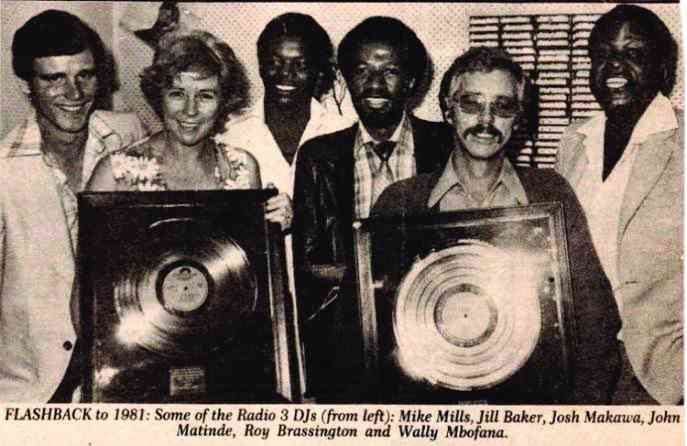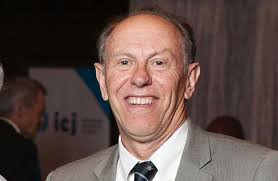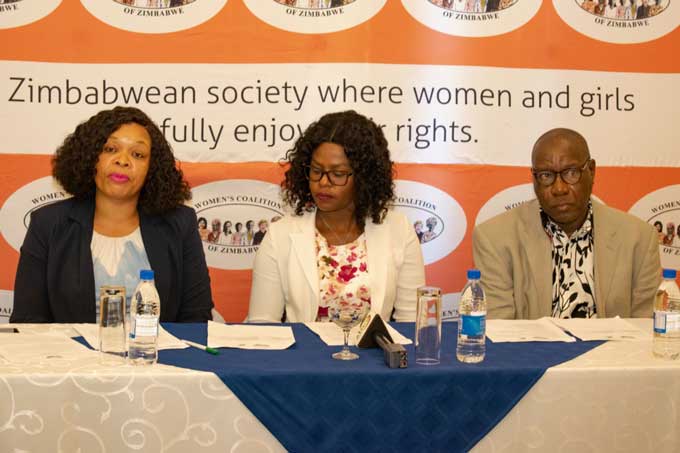
As Zimbabwe joins the rest of the world in celebrating a century of informing, entertaining and educating during this year’s World Radio Day on February 13, we trace the role played by advertising in sustaining the arguably still most accessible medium transcending many generations.
Over many years the radio advertising industry has changed in structure, organisation and approach largely due to economic meltdowns, regulation and technological developments where some companies now prefer to sell their products and services via social media.
Nowadays besides government entities, only a few private companies in information technology, fast foods and funeral assurance are known to be regular advertises across the broadcast media spectrum.
A radio commercial service came into being in this country on April 6 in 1959 during the Federal Broadcasting Corporation (FBC) era.
Restricted only to between early morning opening and midday and again between 10 and 11pm revenue for the complete financial year was $284 000.
FBC’s predecessor the Rhodesia Broadcasting Corporation (RBC) Commercial Service later opened local radio stations to boost revenue.
The first was Radio Jacaranda opened in Salisbury (Harare) in April 1968 boosting revenue to $556 000. Radio Manica in Umtali (Mutare) was opened in 1969.
Radio Matopos in Bulawayo was opened in 1970 and revenue went up to $791 000.
- Concern over biased reporting by public media
- Mutsvangwa urges media to preach peace ahead of elections
- Advertising: radio’s all time golden goose
- Reflections of 2023 World Radio Day point person
Keep Reading
These stations targeted young listeners with international popular music competing with other challengers on Medium and Short Wave including LM Radio in Lourenco Marques (Maputo) in Mozambique which was rebranded by to Radio 5 and 5FM in the mid -1970s and later.
Rhodesia Television (RTV) was a private company, not part of RBC until the mid 1970s
Another by-product of the Commercial Service success was the establishment of several private production houses in the capital, which produced only commercial programmes and spot advertisements for broadcast on RBC General and African Services.
Advertising Promotions Limited (APL) at Robinson House produced welknown programmes like Surf-Show-Pick-A-Box with Wellington Mbofana and Ishmael Kadungure, Zano Vaviri by Ephraim Chamba and the initial Jarzin Man with Wellington Mbofana on the then RBC African Service.
Across in Manica Road (Robert Mugabe Way) Commercial Radio and Television (CRT) were popular for Assembly Music Generation with Webster Shamu and Ndangariro/Ngisakhumbula labe Shu-Shine bus service by Patrick Bajilla among others.
Along Jameson Avenue (Samora Machel) was Production Centre first owned by Victor Thomas and later by Lawford Sutton Pryce who hosted Money Matters sponsored by the Randals Group while Dr Silas Mundawarara presented The Radio Doctor.
At Unity Court in (Gordon) Kwame Nkrumah Avenue “JCJ” James Makamba advertised many downtown shops like Amato and Sons, Kumboyedza and Modique among others.
Former radio and television newsreader and Radio 3 (now Power FM) founder head Jill Baker owned Jill Baker Associates.
Other prominent names in 1970s- early 1980s commercial radio include Martin Locke, Allan Ridell, Sam Matambo, John Matinde, Joseph Chaza, Sally Donaldson, Gordon Mackenzie Kerr, Leslie Mackenzie and Mike Mhundwa and a host of others.
Those days some broadcasters would start off at the RBC before joining the private production houses which paid well out of advertising revenue.
What they would miss were news reading and different live transmission duties. Others preferred to go to commercial houses only to voice commercials and present sponsored programmes on a freelance basis in order to make extra money.
The revenue derived from advertising is in general essential to the financial viability of all three-tier type of radio services namely public, commercial and community.
This supplements money received from other sources like government grants, subsidies and licence fees in the case of public broadcasters.
Zimbabweans, according to multimedia creative agency Kay Media Africa, still have better access to the radio than any other media.
“Radio transcends the analogue realm to provide engaging experiences on digital platforms as well.
“This works well if your communications goal as a brand is to reach the masses. By advertising on this platform you are assured of wide national coverage and reach”
Kay Media Africa further assert that with radio being a continual source for news over the years, a platform for meaningful discussion and now with the reintroduction of school on radio, a place for education, it is regarded as an authority with fair regulation making it brand safe.
Before private radio stations were opened Zimbabwe Broadcasting Corporation (ZBC) channels enjoyed the monopoly of advertising space but this has changed in recent times as observed by media writer Justin Tamisai Makombe .
“Results of the Zimbabwe All Media Products Survey (ZAMPS) have confirmed that the public broadcaster has been losing a chunk of the advertising market share of yester year dominance to the first national commercial radio stations Star FM and ZiFM and other upcoming regional ones.”
When chips are down radio stations have sometimes responded by slashing their rates or accepting barter deals to remain viable.
Community radio stations, first licensed in 2021 succeeded in lobbying for a clause not allowing them to advertise altered after citing sustainability challenges.
With the proliferation of digital technology most radio ads and jingles, like popular music, are now produced in different small studios scattered in cities and towns.
Award winning radio adverts producer Ross Brownlee Walker says the level of production has been over simplified to voice and music just to get by.
“This has been mainly due to budgets. It’s also partly the agencys’ fault because they just accept what clients want.
They don’t stand by convictions of impactful, memorable productions”
The radios market in Zimbabwe now comprised of all three-tier stations, forecasts Statista.com, is projected to grow by 1.53% (2024-2028) resulting in market volume of US$5.4 m by 2028
Most the big private production houses collapsed at Independence in 1980 and some of the staffers joined or returned to the ZBC.
Nowadays some advertising agencies also own recording studios to enhance ease of doing business.
With radio growing its dedicated, committed and engaged legion of programme makers and listeners, advertisers and their clients still stand a chance of getting value for money in the next century and beyond!
- John Masuku is a veteran broadcaster who this year is celebrating 50 years of unbroken service in Broadcast Journalism.
- Masuku was UNESCO’s 2023 World Radio Day International Campaign Coordinator. Contact him on email: [email protected] and X :@john_masuku










